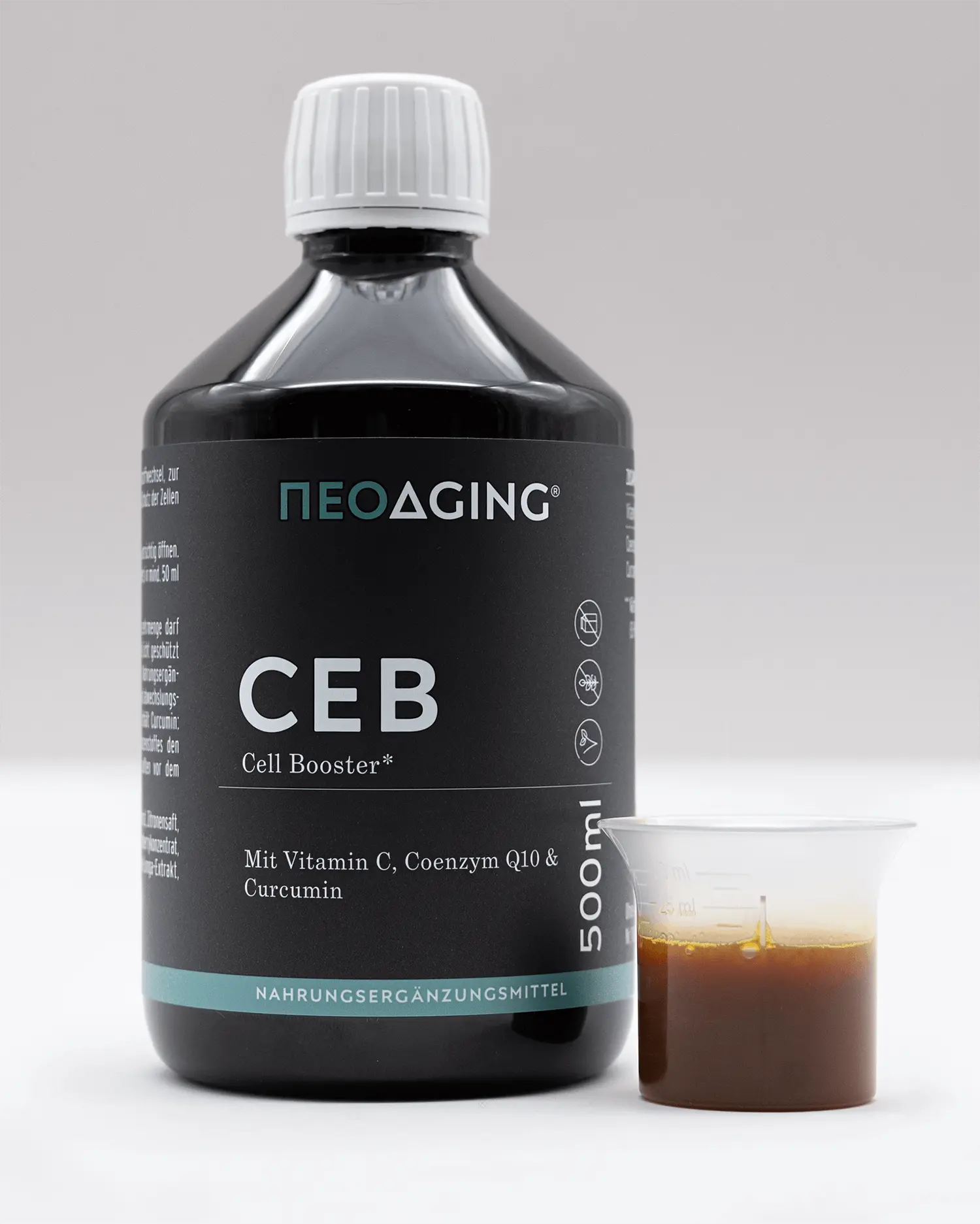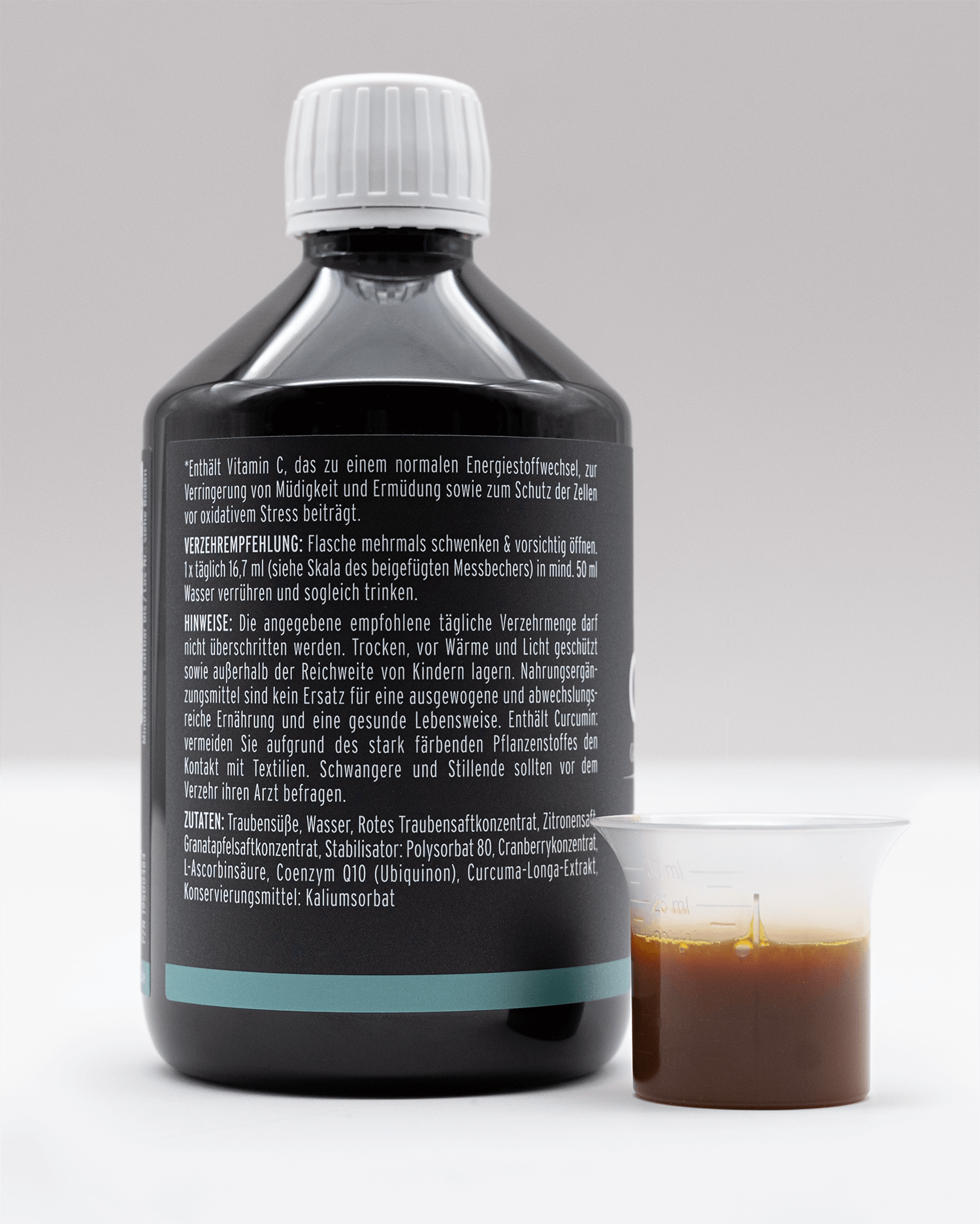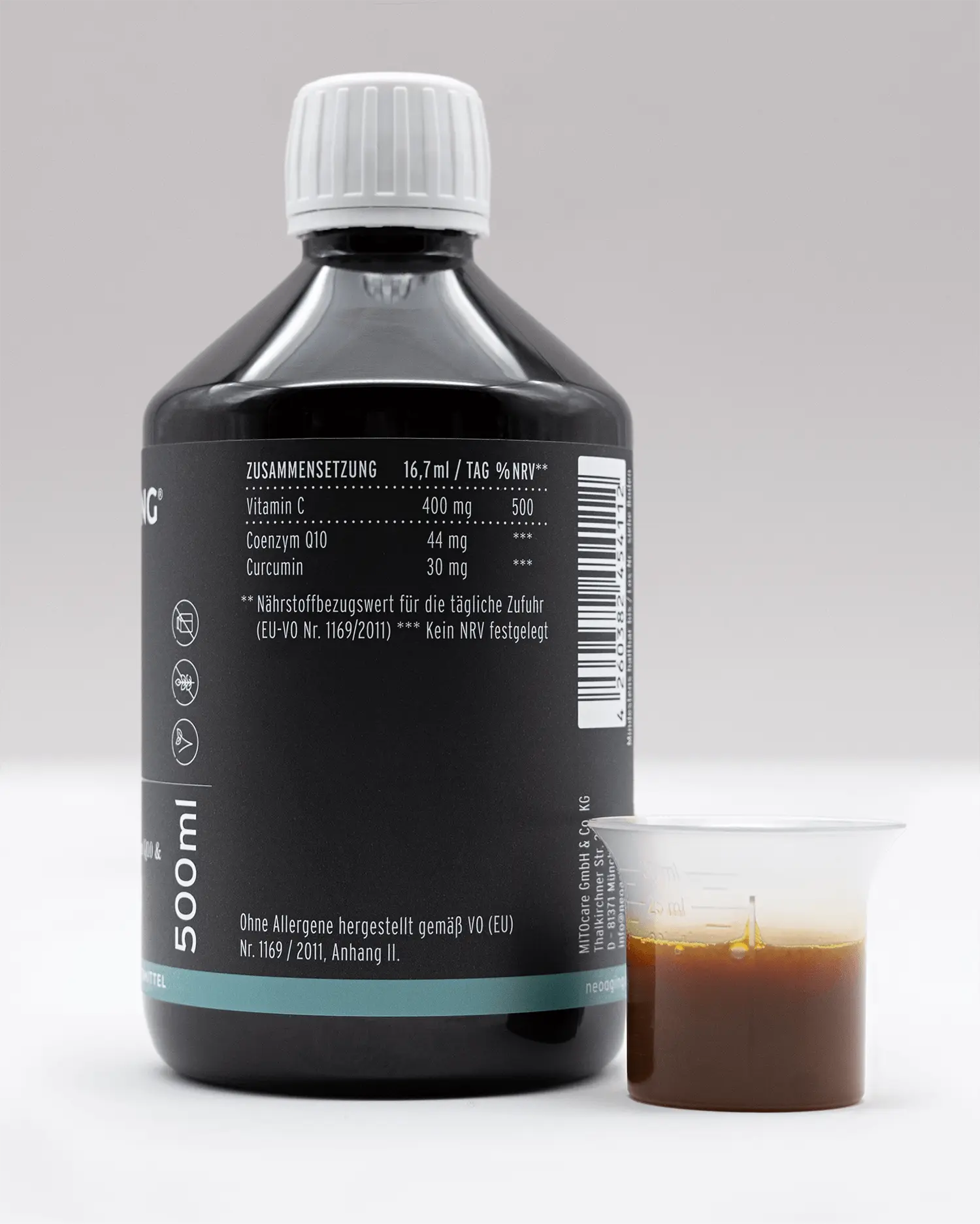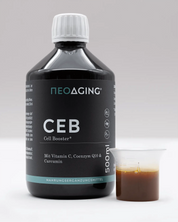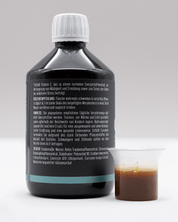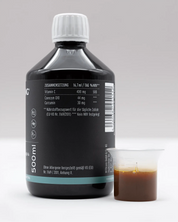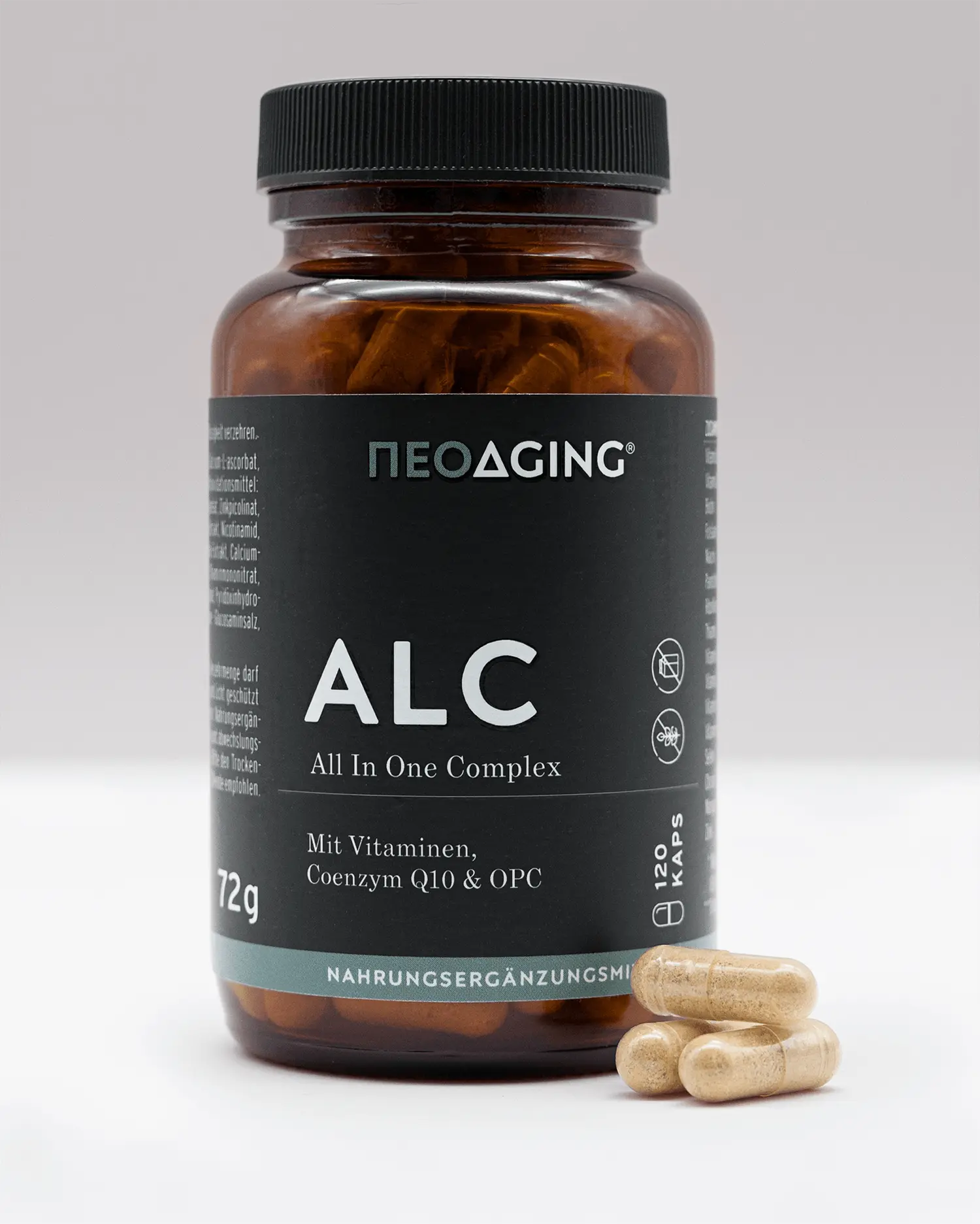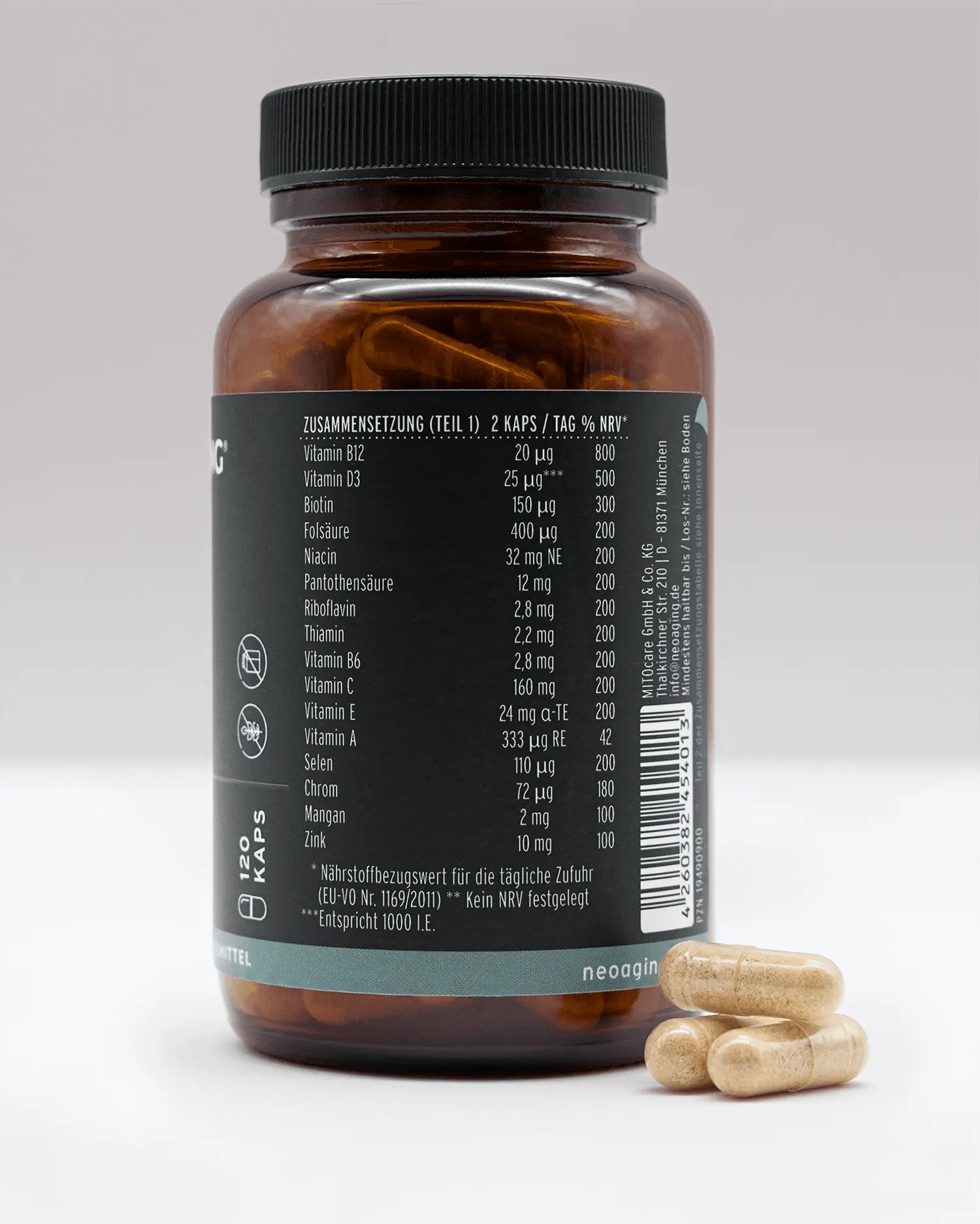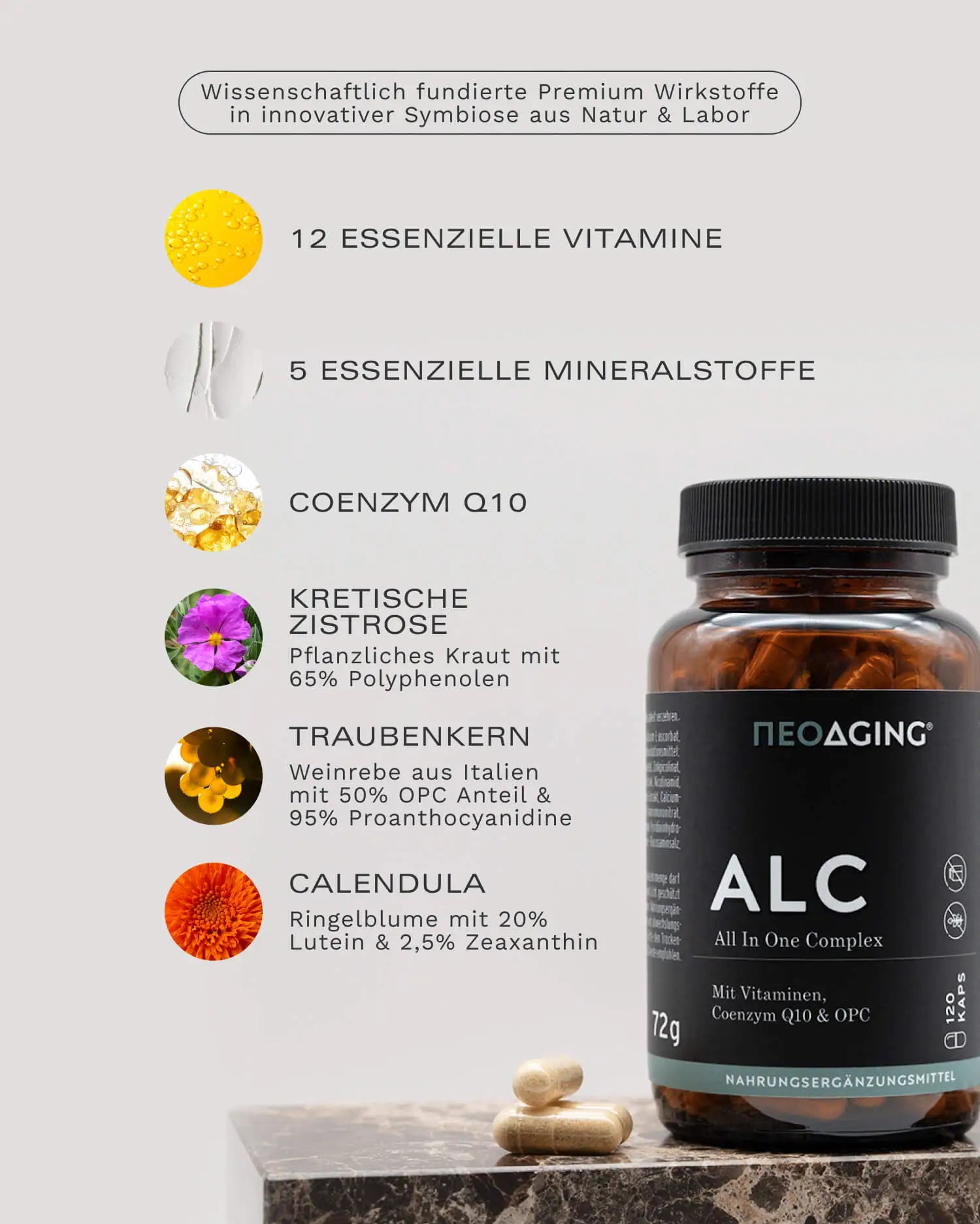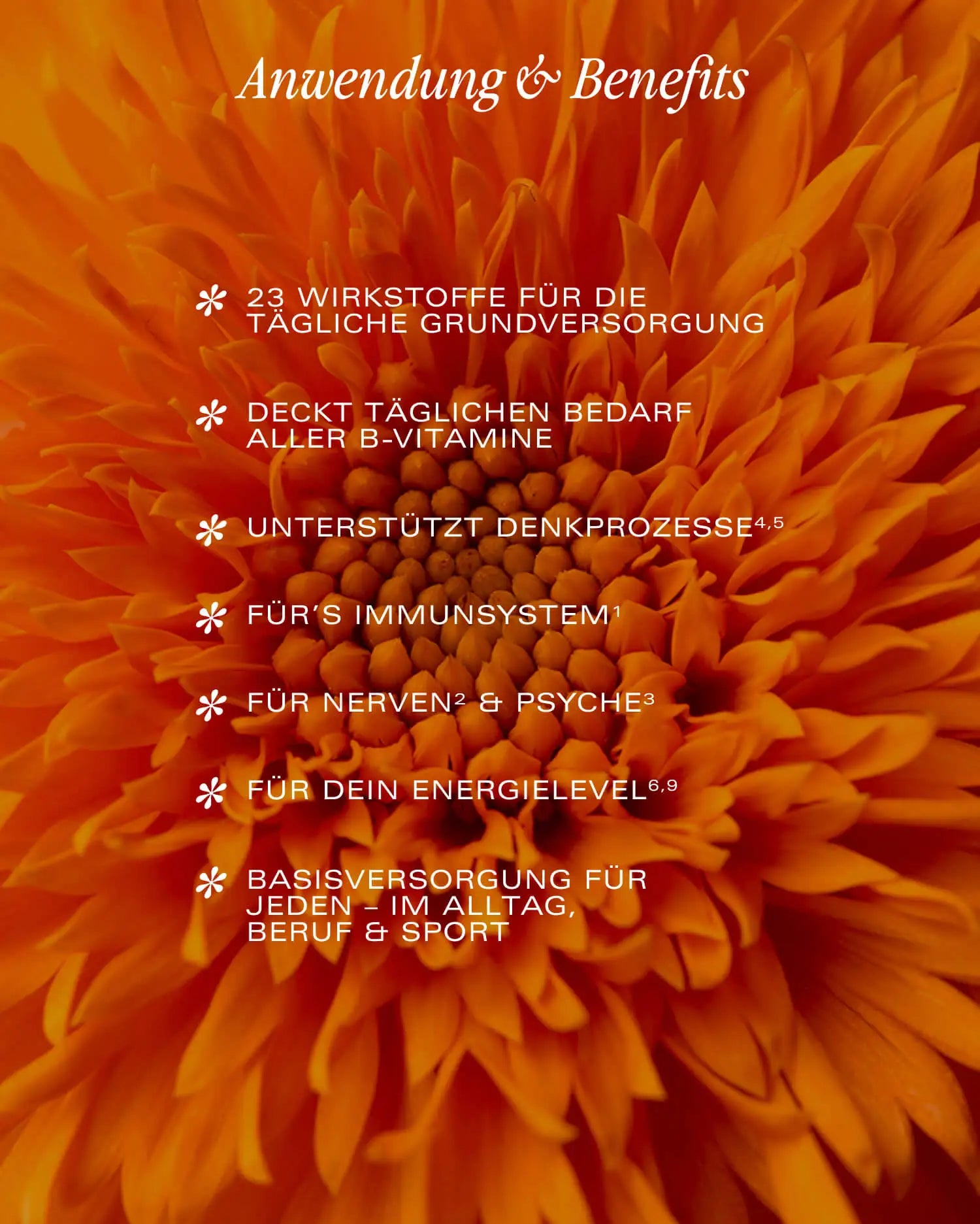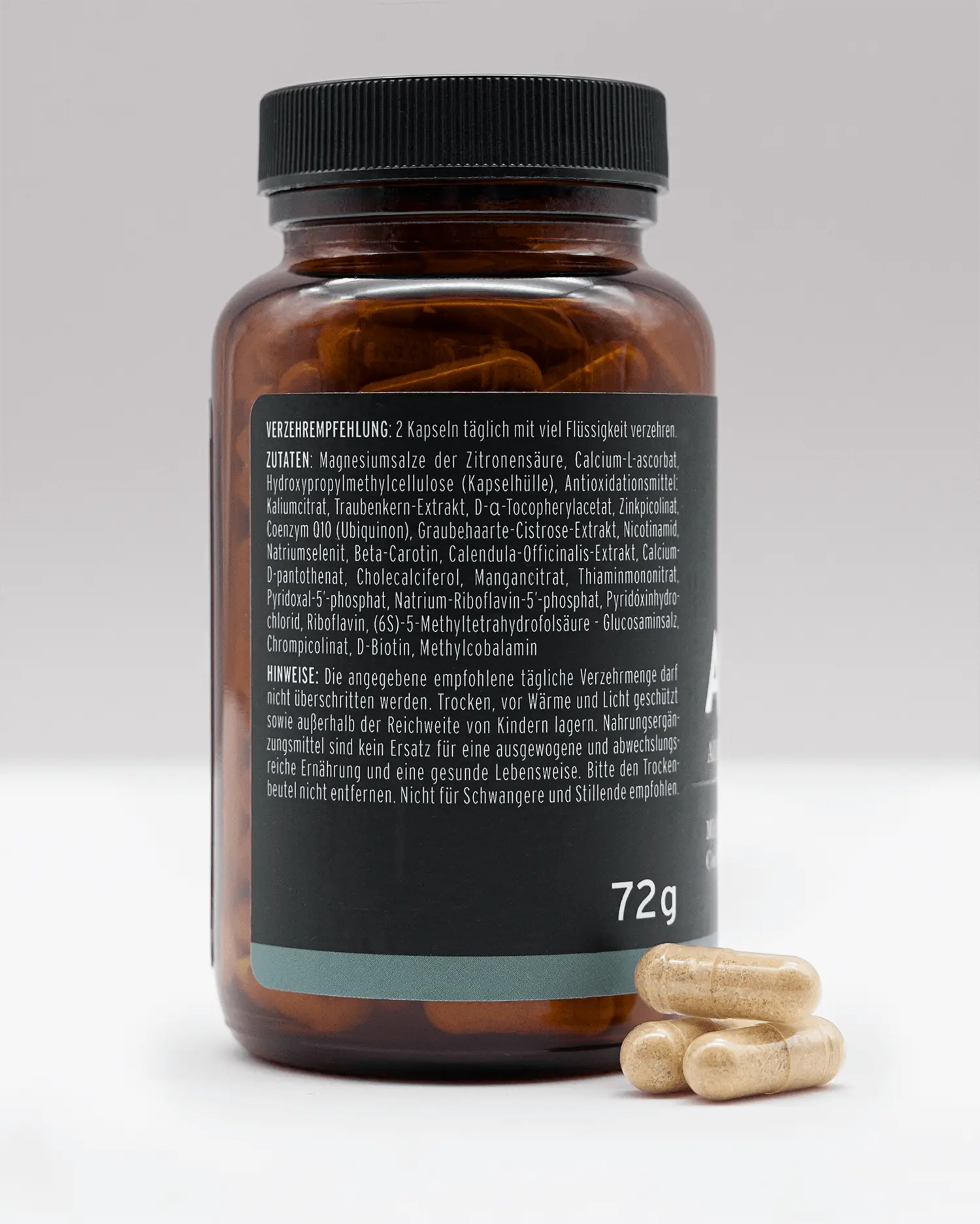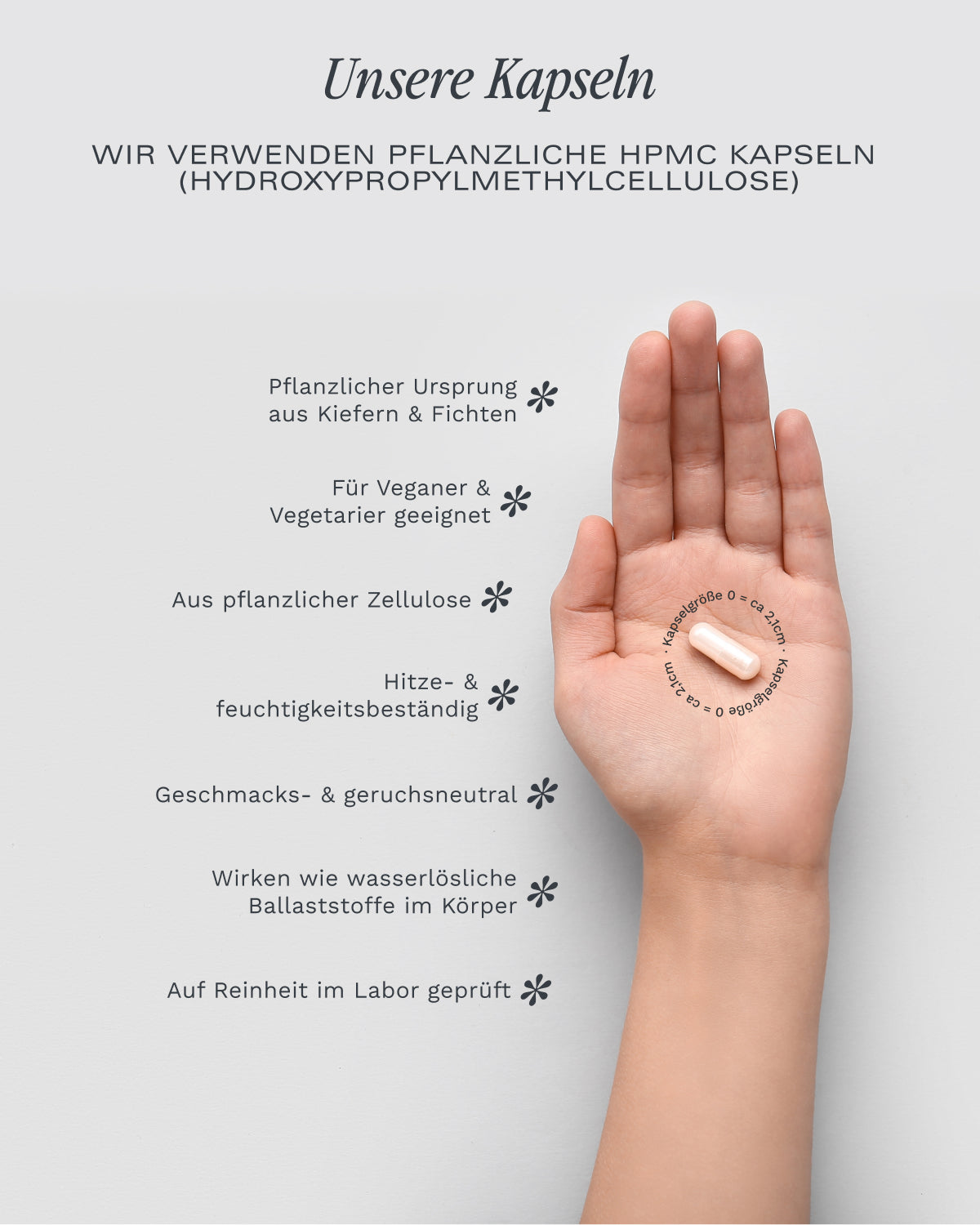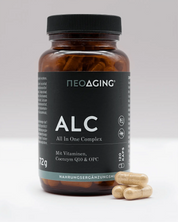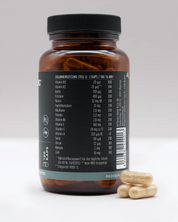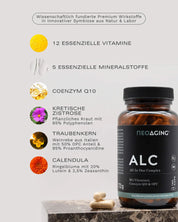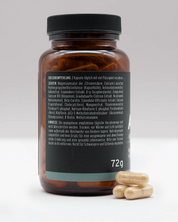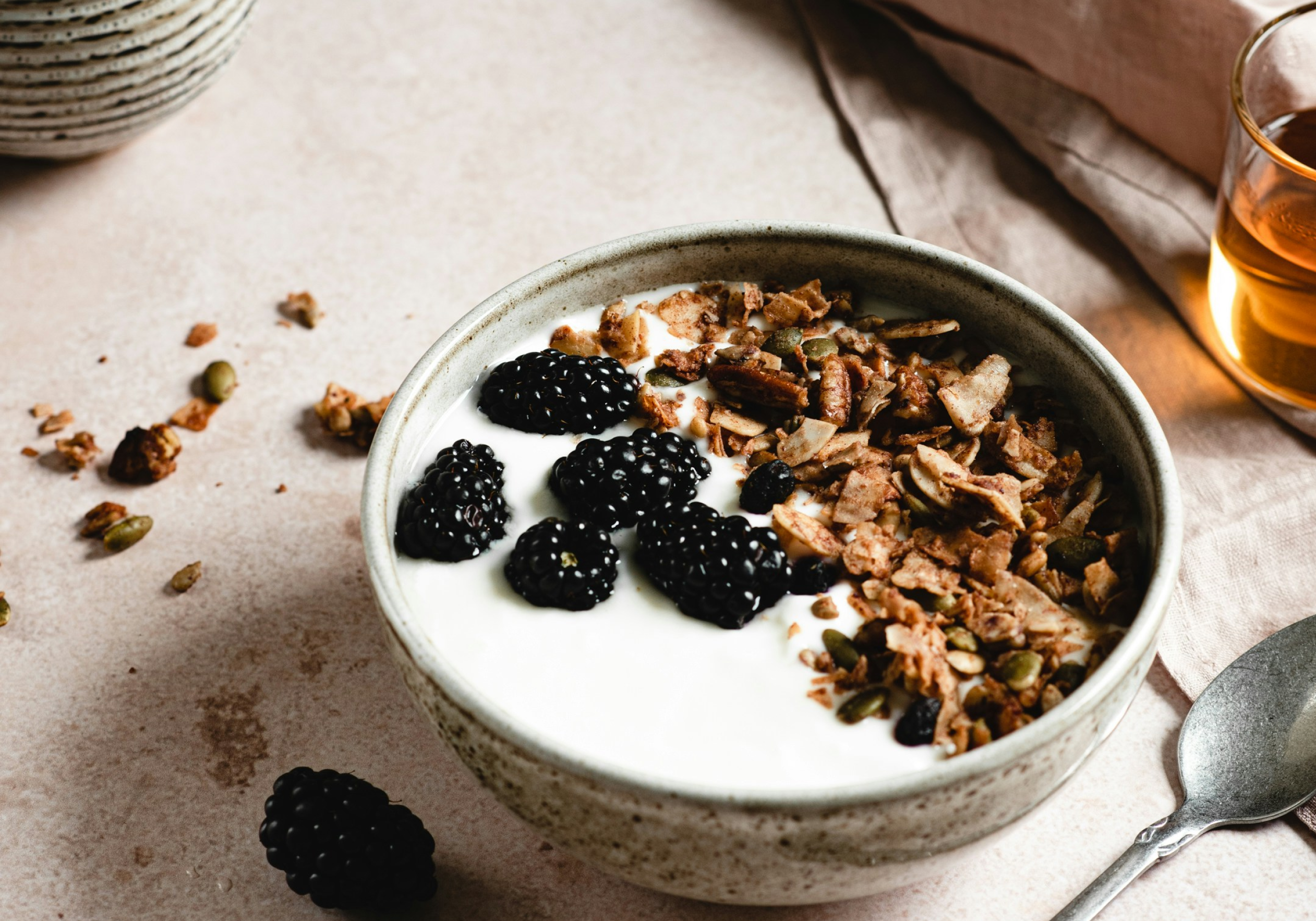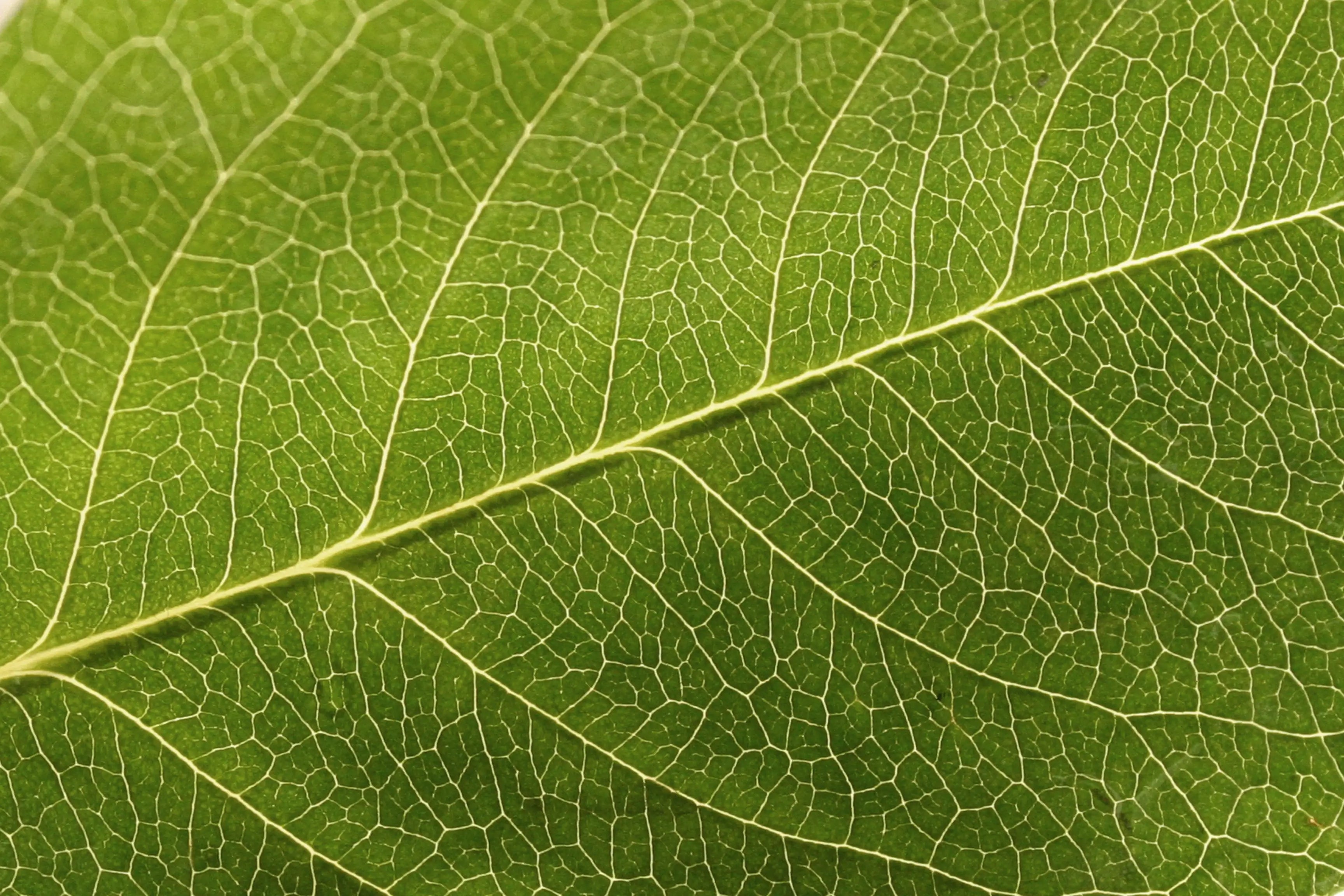Anyone in the supermarket (or on social media) can hardly avoid so-called superfoods these days. These are foods rich in vitamins, minerals, trace elements, and secondary plant substances.
Since these micronutrients are considered extremely valuable for health, many consumers expect special benefits for their well-being from consuming such superfoods – such as an anti-aging effect, support for weight loss, protection for the cardiovascular system, or a soothing or preventative effect on certain diseases.¹
What's the truth behind fruits and vegetables hailed as "miracle weapons," like goji berries, chia seeds, and moringa? Do you really need to eat exotic foods from faraway countries to benefit your health? Or are there local alternatives that are just as nutrient-rich? We'll explore these and other questions below.



